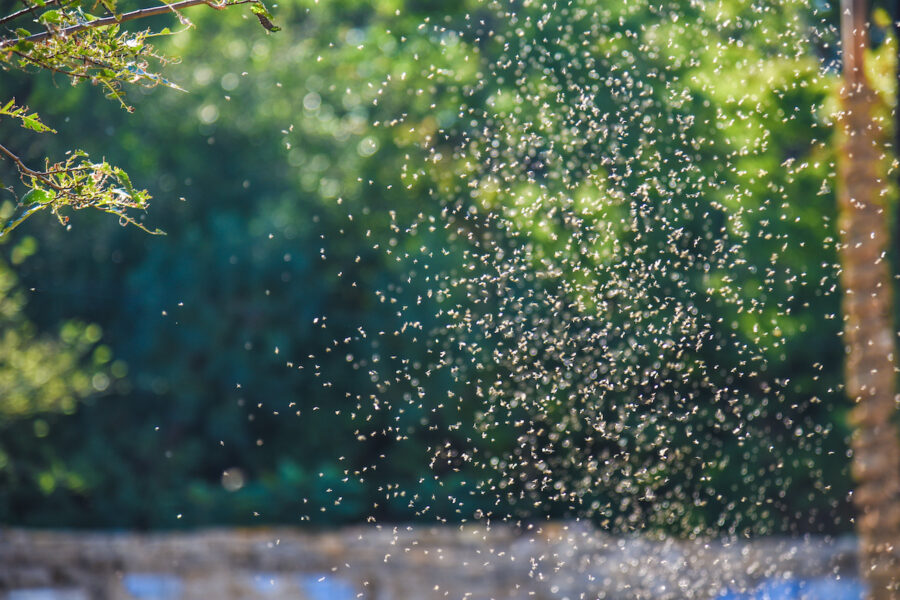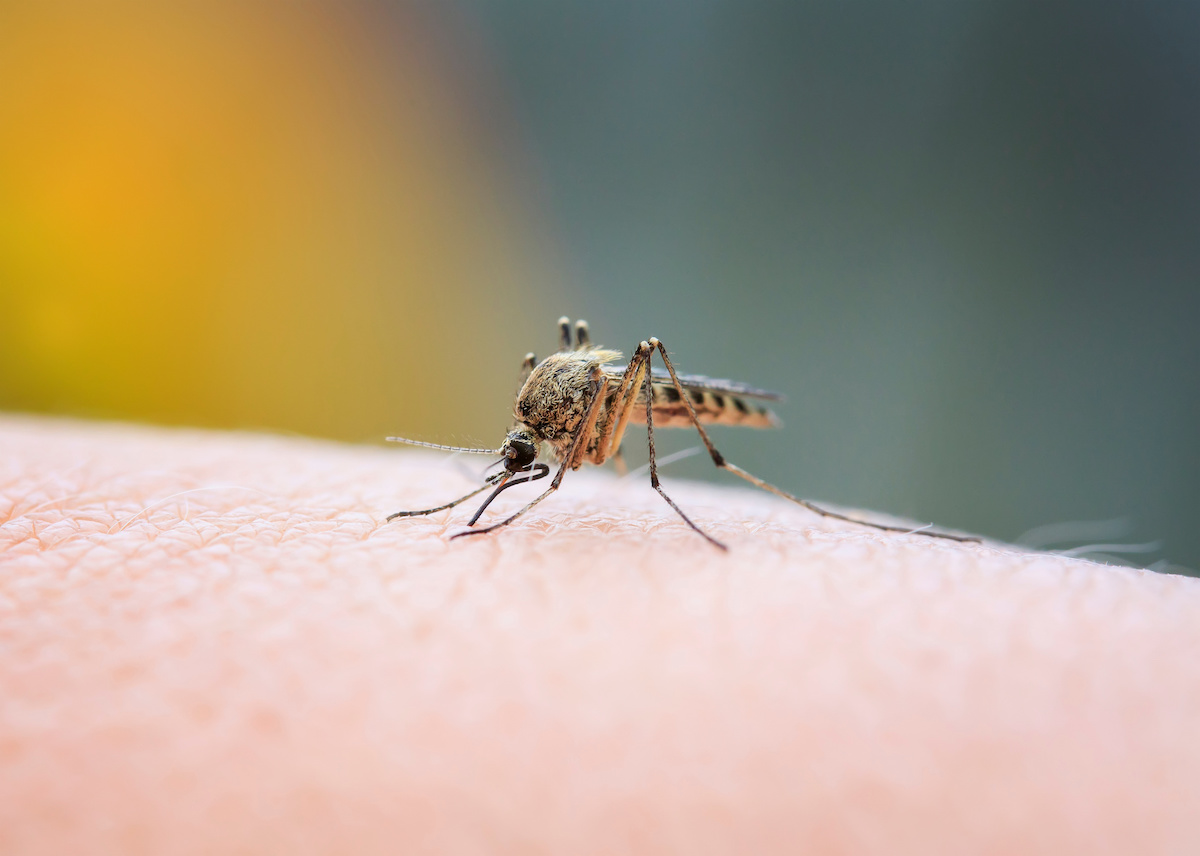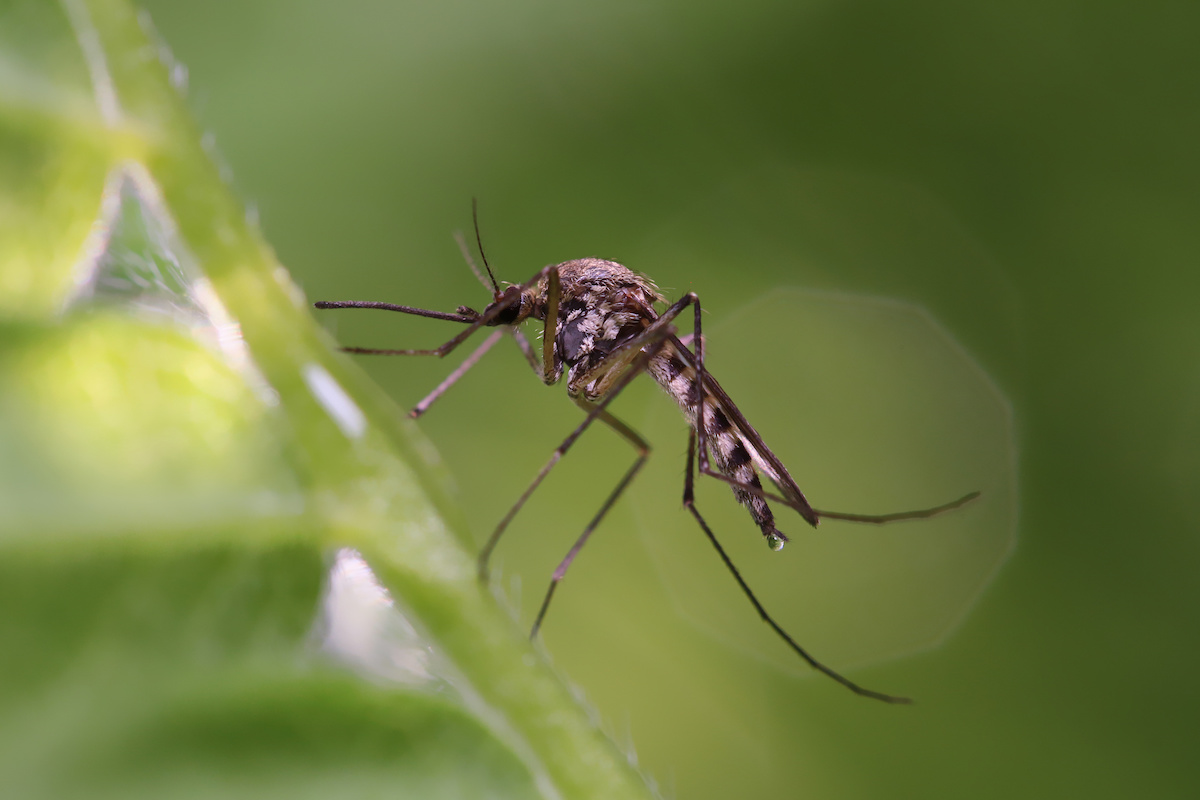
When it comes to mosquito infestations, many homeowners often wonder why mosquitoes seem more active at certain times of the year. One of the most significant factors influencing mosquito activity is the weather. Weather patterns, including temperature, humidity, rainfall, and wind, can all play a crucial role in determining mosquito populations and behavior.
At James River Pest Solutions, we understand that mosquito control is a key concern for families in Richmond, VA, and the surrounding areas.
Whether you’re trying to protect your home from mosquito-borne diseases or just avoid itchy bites, it’s important to understand how the weather impacts mosquito activity. By knowing what conditions mosquitoes thrive in, you can better prepare your home and outdoor spaces to keep these pests at bay.
1. Temperature: The Primary Driver of Mosquito Activity
Mosquitoes are cold-blooded creatures, which means they rely on the surrounding temperature to regulate their body heat. As a result, temperature plays a significant role in determining when and where mosquitoes will be most active.
Mosquito Activity in Warm Weather
Mosquitoes thrive in warm weather, particularly when temperatures are between 70 and 85 degrees Fahrenheit. During these conditions:
- Mosquito eggs hatch faster
- Larvae develop more quickly
- Adult mosquitoes become more active
Mosquitoes are known to breed and swarm in warm, humid environments, which is why summer months are often synonymous with high mosquito activity.
However, when temperatures climb above 95 degrees Fahrenheit, mosquito activity may slow down as the heat becomes too intense for them to function effectively. Despite this, they will continue to breed and bite in shaded, cooler areas.
What Happens in Cooler Weather?
Mosquitoes are much less active when temperatures dip below 50 degrees Fahrenheit. In fact, most mosquitoes become dormant or die off as cold weather approaches. Female mosquitoes from some species may hibernate during the winter in protected locations such as basements, garages, or tree bark. When temperatures rise again in the spring, these hibernating mosquitoes will emerge to breed and begin feeding.
Tip from James River Pest Solutions: If you notice mosquito activity increasing as temperatures rise in the spring, it’s a good idea to call a professional pest control service for preventative treatment before the population gets out of hand.

2. Humidity: The Lifeblood of Mosquitoes
Humidity levels are another important factor in determining mosquito activity. Mosquitoes thrive in areas with high humidity because they need moisture to survive and reproduce. This is why regions with tropical climates or wet seasons often experience significant mosquito infestations.
Mosquitoes and High Humidity
Mosquitoes are more active when humidity levels are high, as they require moisture to lay their eggs and keep their bodies hydrated. They are particularly attracted to areas where they can lay their eggs, like:
- Standing water
- Puddles
- Birdbaths
- Clogged gutters
High humidity also enables mosquitoes to remain airborne for longer periods, making it easier for them to seek out and bite humans.
During humid weather, homeowners may notice an increase in mosquito activity, especially in areas with dense vegetation and shade where moisture tends to accumulate. In contrast, when humidity drops, mosquitoes struggle to survive, and their activity decreases.
Tip from James River Pest Solutions: Regularly check your yard for standing water, especially after a heavy rain. Even small amounts of stagnant water can serve as a breeding ground for mosquitoes.
3. Rainfall: A Breeding Ground for Mosquitoes
Rainfall is one of the most significant weather factors affecting mosquito activity. Mosquitoes need water to lay their eggs, and heavy rainfall provides the perfect conditions for mosquito breeding.
How Rainfall Increases Mosquito Activity
After a rainstorm, water often collects in low-lying areas, flowerpots, birdbaths, gutters, and other places where it can become stagnant. These pools of water create ideal breeding sites for mosquitoes, as the larvae need water to develop before emerging as adults. After a period of heavy rainfall, you may notice a surge in mosquito activity within a week or two as the eggs hatch and larvae mature.
Light rain can also increase mosquito activity by creating small, temporary puddles in yards or gardens, which serve as additional breeding sites.
The Effects of Drought
While heavy rain can increase mosquito populations, drought conditions tend to decrease mosquito activity. Mosquitoes are less likely to find suitable breeding grounds during a dry spell, and their populations may decline. However, once rain returns, mosquito activity can quickly bounce back as new breeding sites are formed.
Tip from James River Pest Solutions: During the rainy season, empty out or cover any containers that collect water to reduce mosquito breeding grounds around your home.
4. Wind: A Natural Mosquito Repellent
Mosquitoes are weak fliers, and even a slight breeze can make it difficult for them to fly and find a host to bite. As a result, windy conditions can significantly reduce mosquito activity.
How Wind Impacts Mosquitoes
When wind speeds pick up, mosquitoes have a harder time navigating through the air, and they are less likely to bite humans. You may notice that mosquitoes are less of a problem on windy days or in open areas where there is more airflow. This is why outdoor fans or breezy conditions can provide some relief from mosquito bites, especially during summer.
In contrast, mosquitoes tend to congregate in sheltered, wind-protected areas such as dense foliage, buildings, and patios where the air is still.
Tip from James River Pest Solutions: Consider using outdoor fans or staying in breezy areas when spending time outdoors to reduce mosquito bites.

5. Seasonal Changes and Mosquito Activity
Mosquito activity naturally fluctuates with the seasons due to changing weather patterns. Understanding these seasonal changes can help homeowners anticipate when mosquitoes are most likely to become a problem and take steps to protect their homes.
Spring: The Start of Mosquito Season
As temperatures begin to warm up in the spring, mosquito eggs that have been dormant throughout the winter start to hatch. Female mosquitoes emerge from hibernation, and breeding activity increases. Spring showers also create new breeding sites, leading to an uptick in mosquito populations.
In regions with mild winters, mosquito activity may begin as early as March or April, while colder areas may not see mosquitoes until later in the spring.
Summer: Peak Mosquito Season
Summer is when mosquito activity reaches its peak. The combination of warm temperatures and high humidity creates the perfect conditions for mosquitoes to thrive. Breeding accelerates during the summer months, and you may notice an increase in both mosquito bites and visible mosquito populations.
This is also the time of year when mosquito-borne diseases, such as West Nile virus and Zika virus, become more of a concern. Taking steps to protect your home and yard during the summer is crucial for reducing mosquito activity.
Fall: Mosquito Activity Declines
As temperatures begin to drop in the fall, mosquito activity generally starts to decline. However, in warmer regions, mosquitoes can remain active well into October or November. Fall rains may also create new breeding sites, so it’s important to remain vigilant even as the weather cools.
Mosquitoes that survive into the fall are often looking to lay eggs before the cold winter arrives, so you may still see occasional bites during this time of year.
Winter: Dormancy and Hibernation
In most regions, mosquito activity ceases during the winter months as temperatures drop below 50 degrees Fahrenheit. Most mosquitoes die off, while others enter hibernation. Any eggs that are laid before winter will remain dormant until spring when they hatch and begin the cycle anew.
Tip from James River Pest Solutions: Keep an eye on local weather patterns and be proactive about mosquito control throughout the year. Installing screens, using mosquito repellent, and working with a pest control professional can help keep your home mosquito-free during peak seasons.
How James River Pest Solutions Can Help With Mosquito Activity
At James River Pest Solutions, we understand how frustrating it can be to deal with mosquitoes around your home, especially when weather conditions are working against you. Whether you’re facing a surge in mosquito activity after a rainstorm or dealing with high mosquito populations during the summer, our team of pest control experts is here to help.
We offer a range of mosquito control services designed to reduce populations and keep your home protected year-round. Our services include:
- Mosquito treatments: Targeted applications to reduce mosquito populations in your yard.
- Breeding site elimination: We help identify and eliminate areas where mosquitoes are likely to breed, such as standing water and overgrown vegetation.
- Barrier treatments: We create a protective barrier around your home to prevent mosquitoes from entering your outdoor living spaces.
Don’t let mosquitoes ruin your outdoor enjoyment. Contact James River Pest Solutions today to schedule a consultation and take the first step toward a mosquito-free home.
Keep Mosquito Activity Under Control
Weather plays a significant role in determining mosquito activity, with factors like temperature, humidity, rainfall, and wind all influencing their behavior. By understanding how the weather affects mosquito populations, homeowners can take proactive steps to protect their homes and yards.
Whether it’s the start of mosquito season in the spring or peak activity during the summer, James River Pest Solutions is here to provide expert mosquito control services to help you enjoy your outdoor spaces without the constant nuisance of mosquitoes.